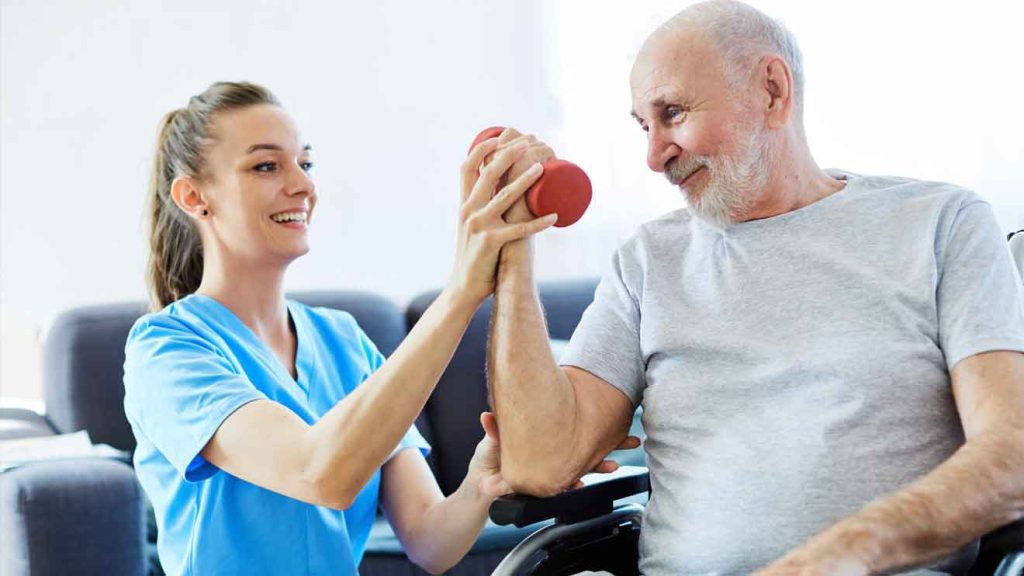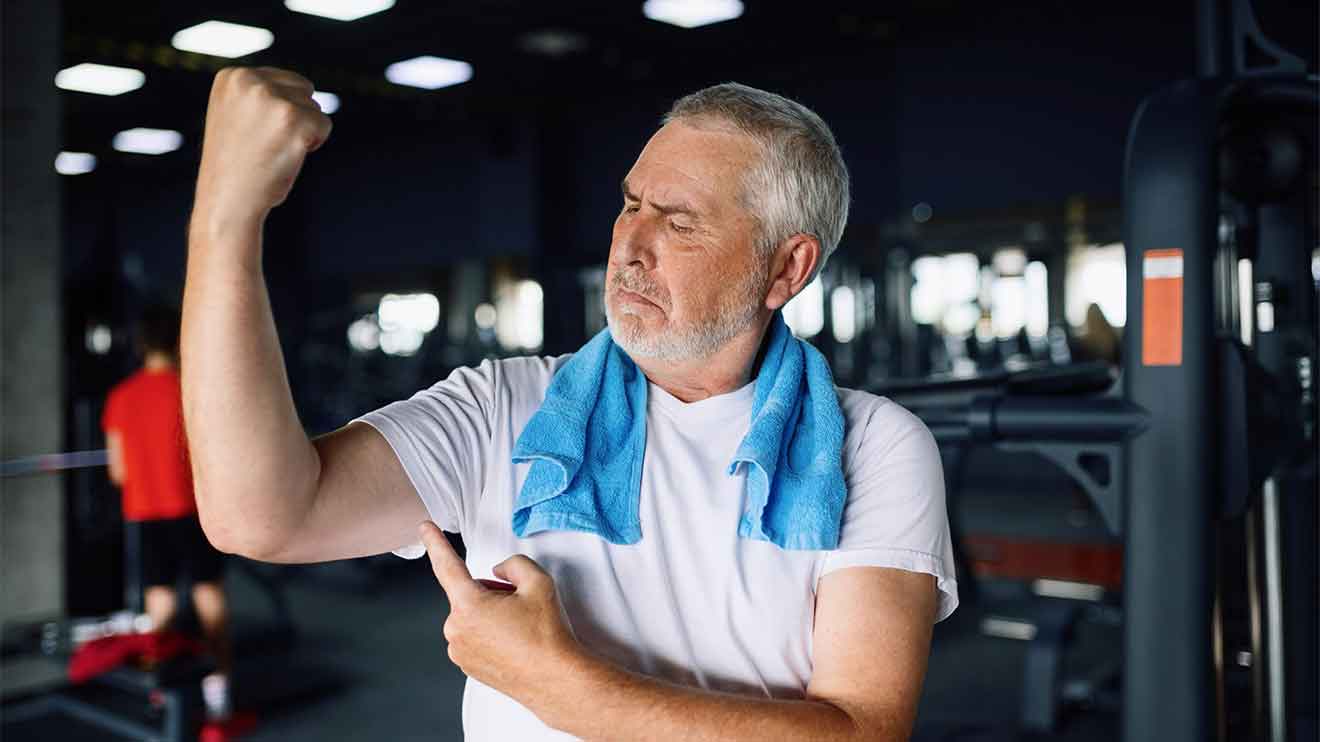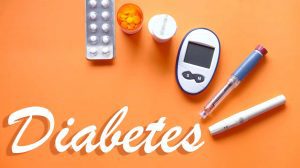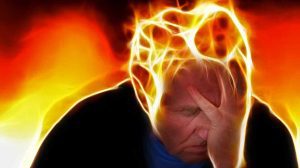A stroke is a serious medical condition that occurs when there is a sudden disruption of blood flow to the brain, leading to brain cell damage. The road to Stroke Recovery can be challenging and requires a comprehensive approach. In this article, we will explore the importance of physical activity during stroke recovery, the benefits it offers, and the guidelines to follow for safe and effective rehabilitation.
Understanding Stroke Recovery
Stroke recovery is a complex process that involves addressing physical, cognitive, and emotional challenges. For many stroke survivors, regaining mobility and independence becomes a top priority. Physical activity plays a crucial role in enhancing overall recovery and improving the quality of life for stroke survivors.
The Role of Physical Activity in Stroke Recovery
Physical activity has been recognized as a helpful aid in stroke recovery, but the question remains: how much physical activity is healthy? Research supports the idea that staying physically active during stroke recovery can be beneficial for various aspects of rehabilitation. However, it’s essential to strike a balance between exertion and safety.
The Importance of Guided Exercise Programs

For stroke survivors, engaging in the right type and intensity of physical activity is critical. The American Heart Association recommends low- to moderate-intensity aerobic activity, muscle-strengthening exercises, and reducing sedentary behavior to prevent a second stroke. Additionally, supervised exercise programs, led by healthcare professionals like physical therapists or cardiac rehabilitation specialists, are recommended for those with mobility challenges.
Personalized Approach to Stroke Recovery
Stroke recovery is not a one-size-fits-all process. Each individual’s journey is unique, and it’s essential to consider personal health factors, medical history, and the type of stroke experienced.
Addressing Fear and Apprehension
Stroke survivors may experience fear and apprehension about engaging in physical activity, especially if their condition has left them with physical limitations. Understanding these emotions and providing appropriate support and guidance can help individuals gradually regain confidence in their abilities.
Adapting Exercise to Individual Needs
Every stroke survivor’s condition is different, and exercise programs should be tailored to address specific challenges. For instance, some survivors may need exercises to improve mobility and balance, while others may require cardiorespiratory training.
Current Research and Future Prospects
The scientific understanding of the relationship between exercise and stroke recovery is continually evolving. Researchers are exploring the benefits of exercise on various aspects of rehabilitation, including physical fitness, cognitive function, and psychological well-being.
Conclusion
Physical activity is undeniably essential for recovery after a stroke. Engaging in guided and personalized exercise programs can aid in improving physical function, mobility, and mental well-being, and reduce the risk of a second stroke. However, stroke recovery is a delicate process that requires a personalized approach, taking into account individual limitations and medical history.
FAQs
Can physical activity improve mental health after a stroke?
Yes, engaging in regular physical activity has been shown to improve mental function and help alleviate symptoms of depression in stroke survivors.
Is physical activity recommended for all stroke survivors?
Physical activity is generally recommended for stroke survivors, but the type and intensity of exercise should be tailored to each individual’s capabilities and medical condition.
How can stroke survivors start with physical activity?
Stroke survivors should consult their healthcare professionals before starting any exercise program. Based on their condition, a healthcare provider can recommend suitable exercises and create a safe plan for rehabilitation.
Does physical activity reduce the risk of recurrent stroke?
Regular physical activity and exercise may help reduce the risk of recurrent stroke by improving cardiovascular health and reducing other risk factors.
Is it possible to regain full physical function after a stroke?
The extent of recovery varies for each individual. While some stroke survivors may regain full physical function, others may experience long-term challenges. Physical activity can significantly contribute to a better quality of life during the recovery process.
how long does it take to get your balance back after a stroke?
How long it takes to regain balance after a stroke varies from person to person and depends on several factors, including the severity of the stroke, the area of the brain affected, and the individual’s overall health condition.












Add Comment